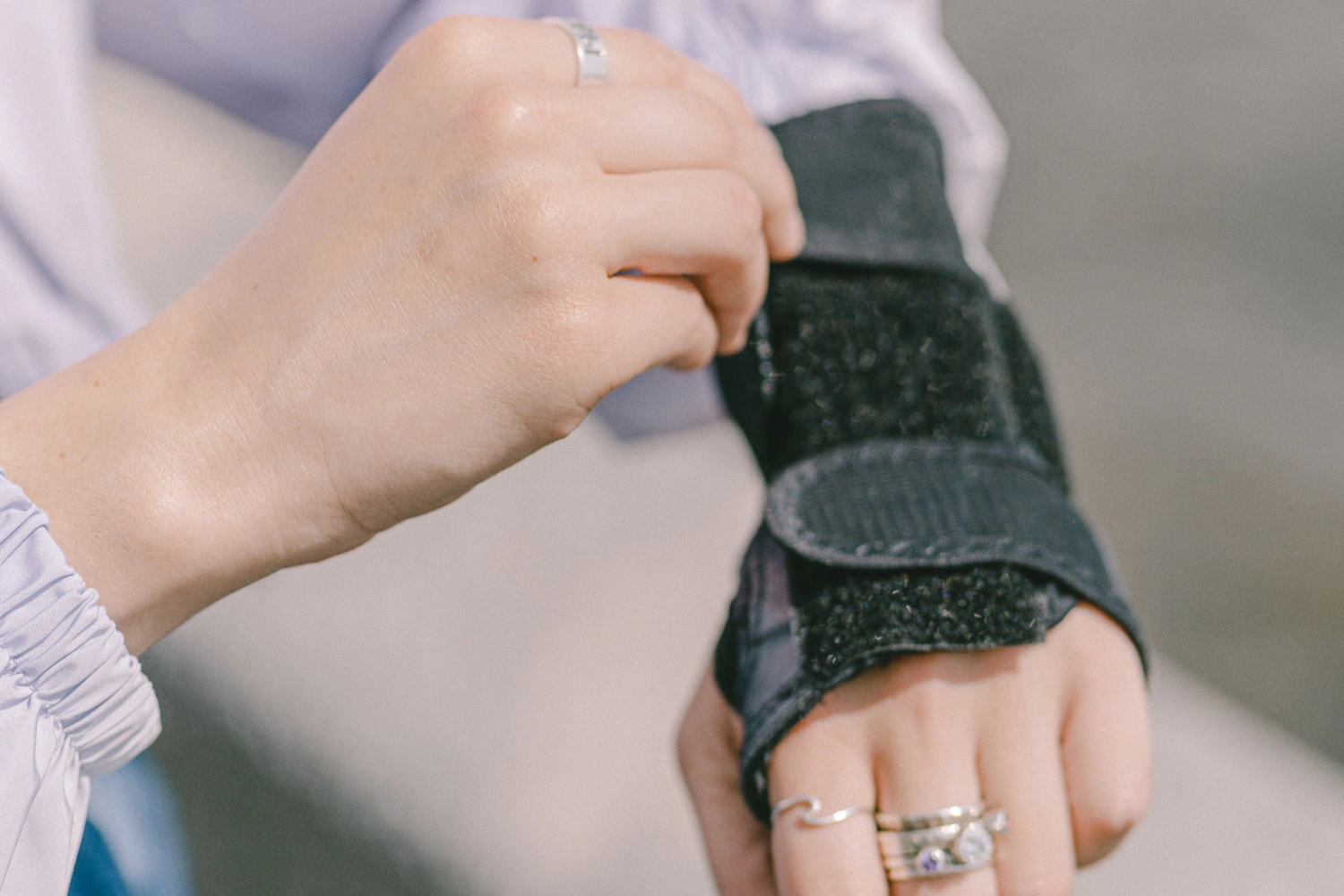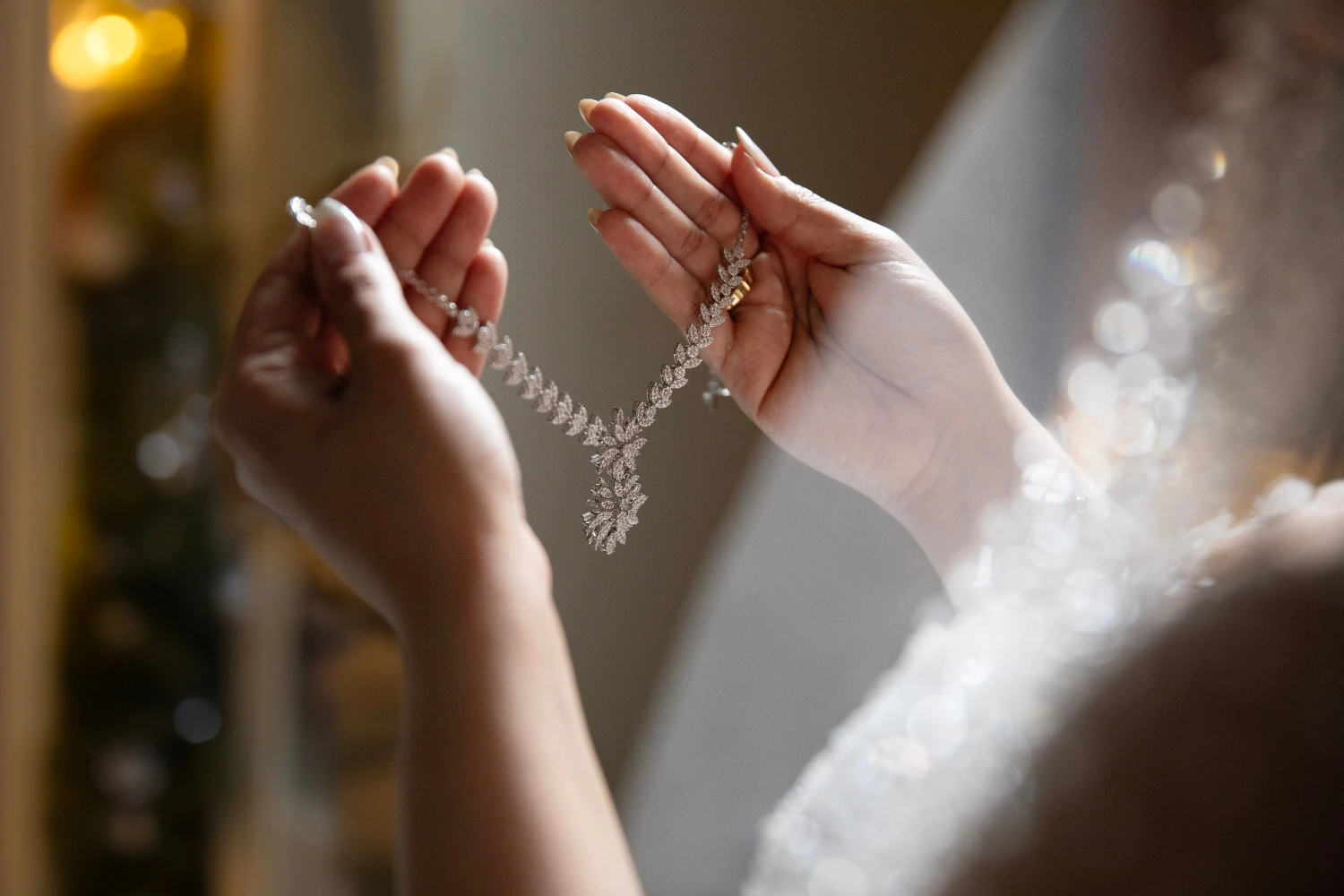When dealing with thumb or wrist injuries, a thumb spica splint can be your best ally in the healing process. Whether you’re recovering from a fracture, sprain, or dealing with chronic conditions like arthritis, understanding how these specialized braces work can make all the difference in your recovery journey.
What Is a Thumb Spica Splint?
A thumb spica splint is a specialized orthopedic device designed to immobilize the thumb while allowing limited wrist movement. Unlike regular wrist splints, the spica design extends around the thumb, creating a figure-eight pattern that provides comprehensive support to both the thumb and wrist joints.
This unique configuration makes the wrist splint with thumb spica particularly effective for treating conditions that affect the thumb’s base, where it connects to the wrist. The splint derives its name from the spica bandaging technique, which resembles the shape of a wheat spike (spica in Latin).
Types of Thumb Spica Splints Available
Forearm-Based Thumb Spica Splint
The forearm based thumb spica splint extends from the forearm to the tip of the thumb, providing maximum stability. This type is typically recommended for severe injuries or post-surgical recovery, offering the most comprehensive immobilization.
Short Thumb Spica Splint
A shorter version that focuses primarily on the wrist and thumb area without extending far up the forearm. This thumb and wrist spica splint allows for greater mobility while still providing essential support.
Velcro Thumb Spica Splint
Modern velcro thumb spica splint designs offer adjustability and convenience. These removable options allow for easy cleaning and adjustment as swelling changes throughout the healing process.
Plaster Thumb Spica Splint
The traditional plaster thumb spica splint is custom-molded by healthcare professionals for precise fit and maximum immobilization. While less convenient than removable options, ortho glass thumb spica splint variations provide superior stability for serious injuries.
Common Conditions Treated with Thumb Spica Splints
Thumb spica splints are prescribed for various conditions affecting the thumb and wrist complex:
Scaphoid Fractures: The scaphoid bone in the wrist commonly requires immobilization with a wrist and thumb spica splint to heal properly.
De Quervain’s Tenosynovitis: This painful condition affecting the thumb tendons responds well to spica splint thumb immobilization.
Thumb Arthritis: Chronic arthritis at the base of the thumb often benefits from the support provided by thumb spica splints.
Bennett’s Fracture: This specific type of thumb fracture at the base requires the comprehensive support that only a proper spica splint thumb design can provide.
Gamekeeper’s Thumb: Injuries to the ulnar collateral ligament of the thumb heal better with appropriate splinting.
Choosing the Right Thumb Spica Splint
Where to Find Quality Options
Many people wonder about thumb spica splint amazon availability, and yes, numerous options are available online. However, it’s crucial to consult with a healthcare provider before making a purchase. While you can find a thumb spica splint CVS and other pharmacies carry, professional fitting ensures optimal healing.
Custom vs. Off-the-Shelf
Custom-made splints using a specific thumb spica splint pattern provide the best fit but require professional application. Off-the-shelf options like adjustable spica thumb splint varieties offer convenience and cost-effectiveness for less severe conditions.
Proper Use and Care Instructions
Application Guidelines
When applying your wrist splint thumb spica, ensure the thumb is positioned in a neutral, functional position. The splint should feel snug but not restrict circulation. Check for numbness, tingling, or color changes that might indicate the splint is too tight.
Daily Care Routine
For removable splints, clean regularly with mild soap and water. Keep the skin underneath clean and dry to prevent irritation. Remove the splint only as directed by your healthcare provider, typically for hygiene purposes or physical therapy exercises.
Duration of Use
The length of treatment varies depending on your specific condition. Fractures may require 6-8 weeks of immobilization, while soft tissue injuries might need only 2-4 weeks. Follow your healthcare provider’s timeline for optimal healing.
Insurance and Medical Coding
Healthcare providers use specific thumb spica splint CPT codes when billing insurance companies. Understanding these codes can help you navigate insurance coverage for your orthotic needs. Most insurance plans cover medically necessary splinting when prescribed by a physician.
Frequently Asked Questions
How long should I wear my thumb spica splint?
Wear time depends on your specific injury and doctor’s recommendations. Most conditions require full-time wear initially, with gradual reduction as healing progresses.
Can I shower with my thumb spica splint?
Waterproof covers are available for showering, but removable splints should typically be taken off and the area kept dry. Always follow your healthcare provider’s specific instructions.
What’s the difference between a thumb spica brace and splint?
While terms are often used interchangeably, braces typically offer more flexibility and adjustability, while splints provide more rigid immobilization.
Is it normal for my thumb to feel stiff after wearing the splint?
Some stiffness is expected after immobilization. Your healthcare provider will likely recommend exercises or physical therapy to restore mobility once healing is complete.
Recovery and Beyond
A thumb spica splint is just one part of your recovery journey. Following your healthcare provider’s instructions, attending follow-up appointments, and participating in recommended rehabilitation exercises will ensure the best possible outcome. Remember that proper healing takes time, and rushing the process can lead to complications or re-injury.
Whether you’re dealing with a sports injury, workplace accident, or degenerative condition, the right thumb spica splint can provide the support you need to heal effectively and return to your normal activities.






